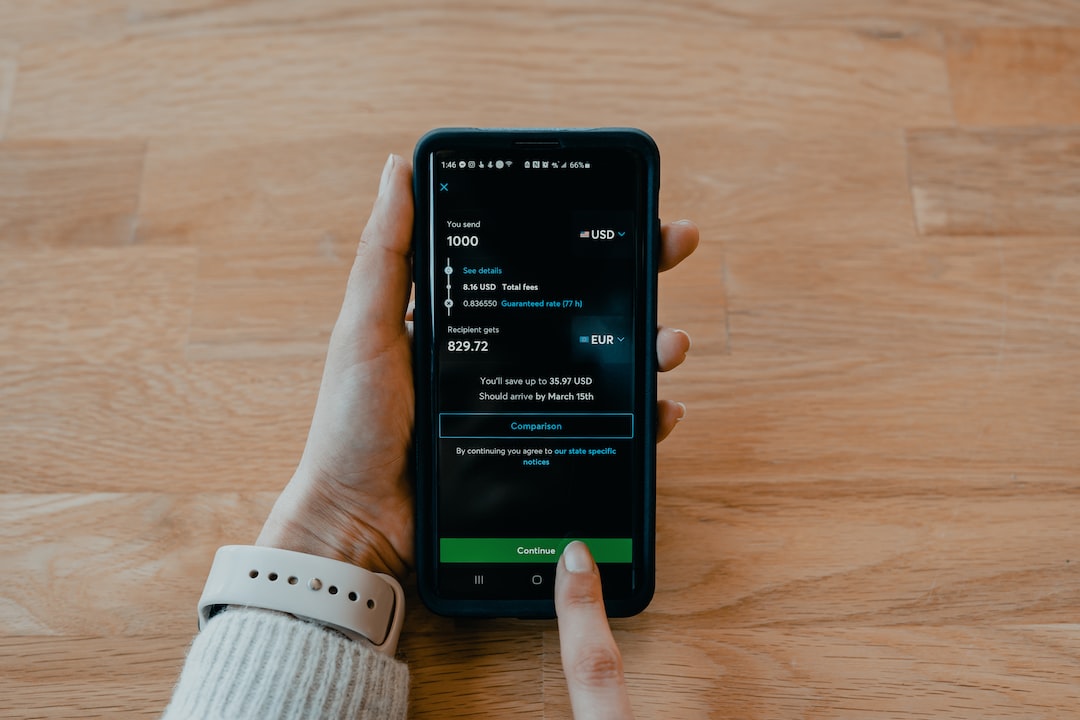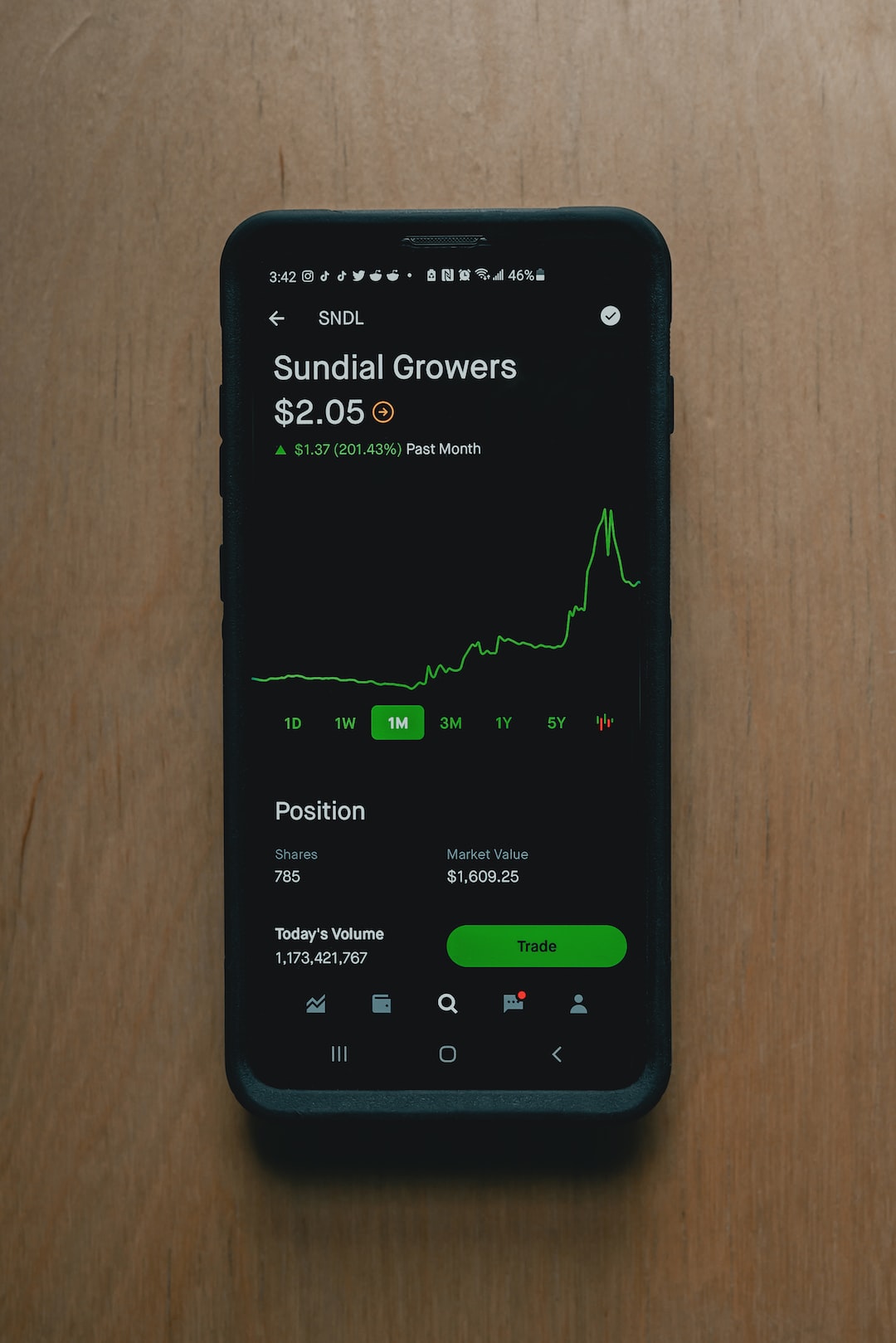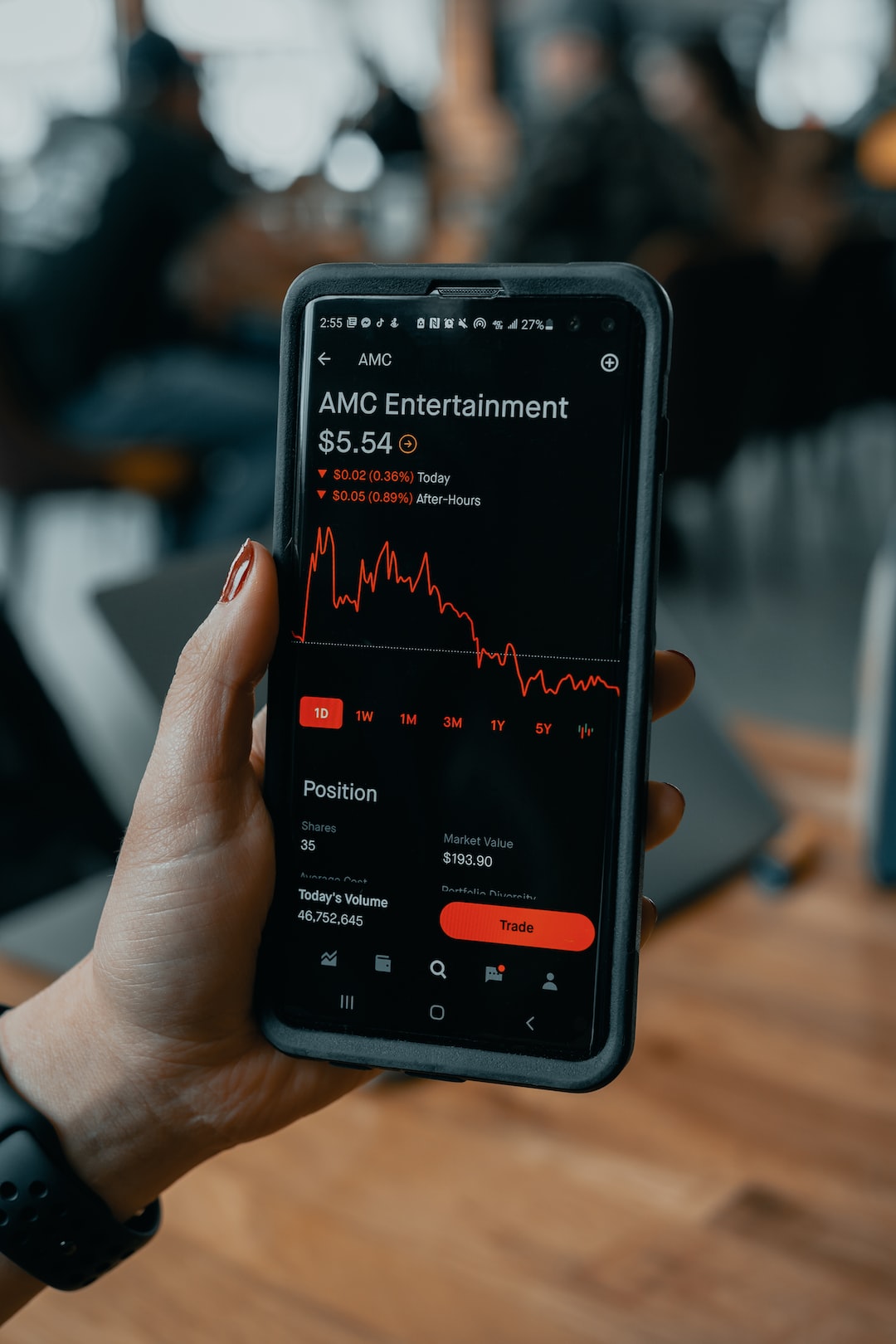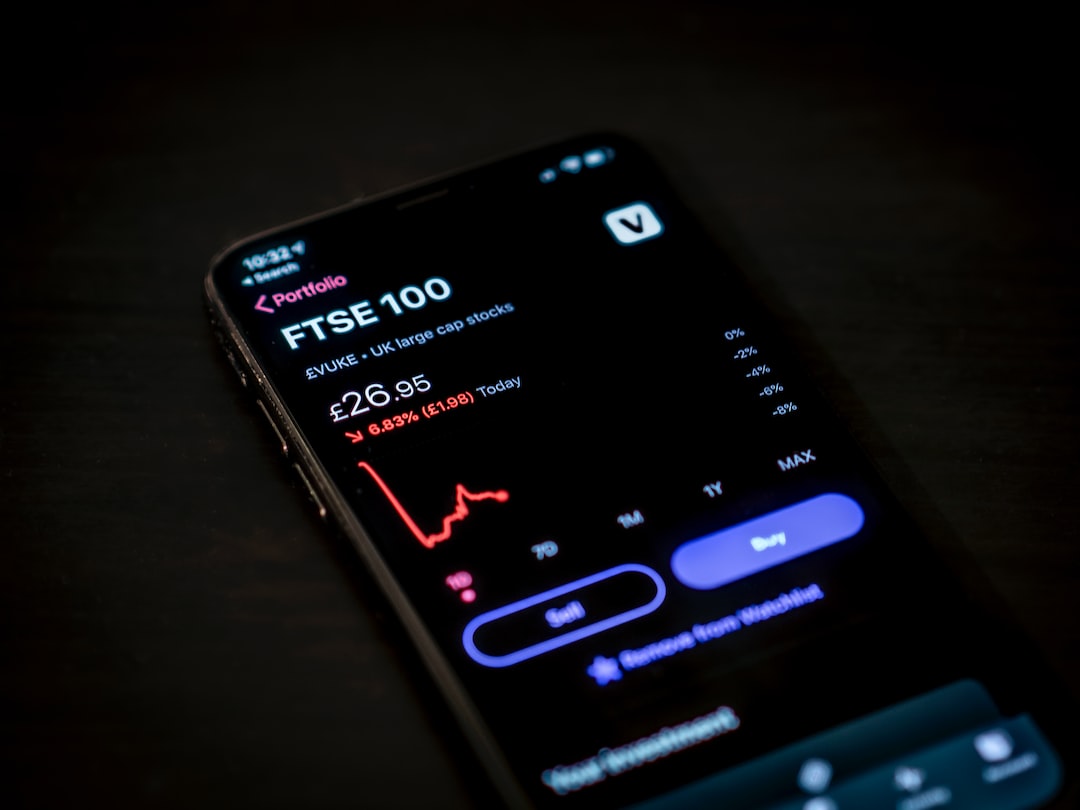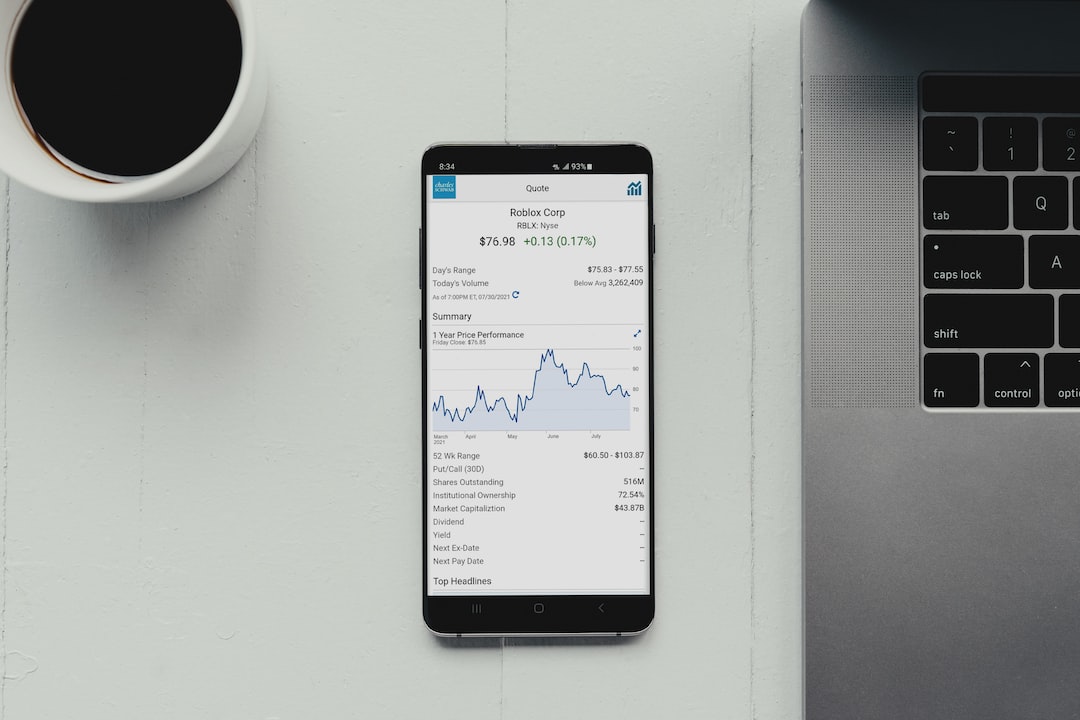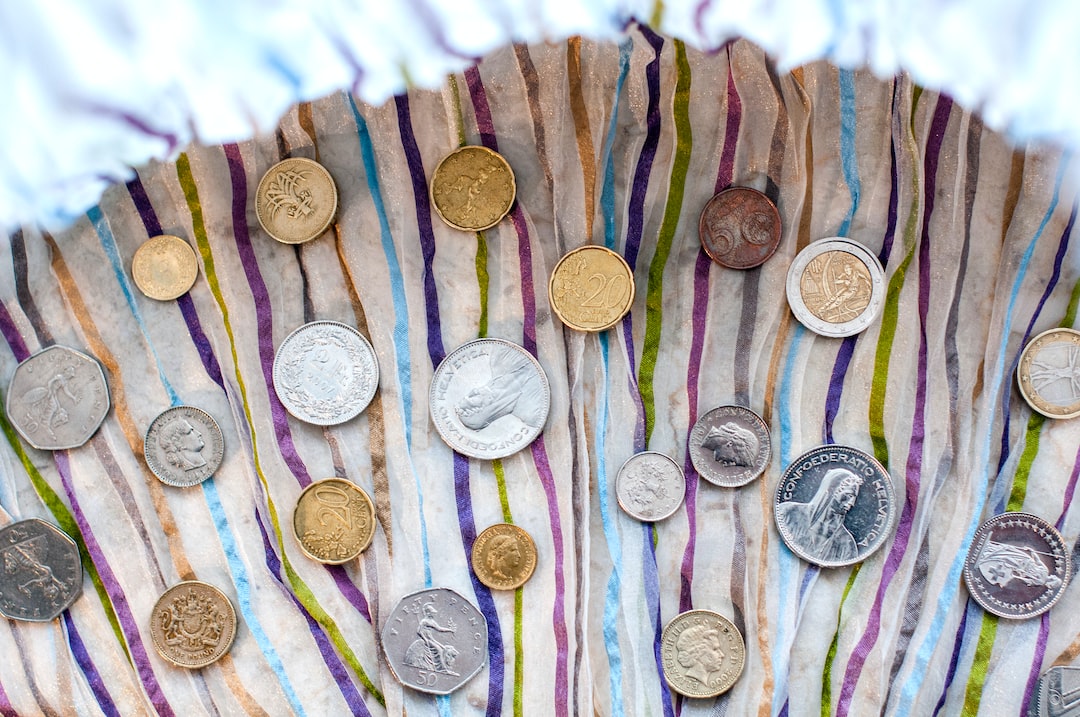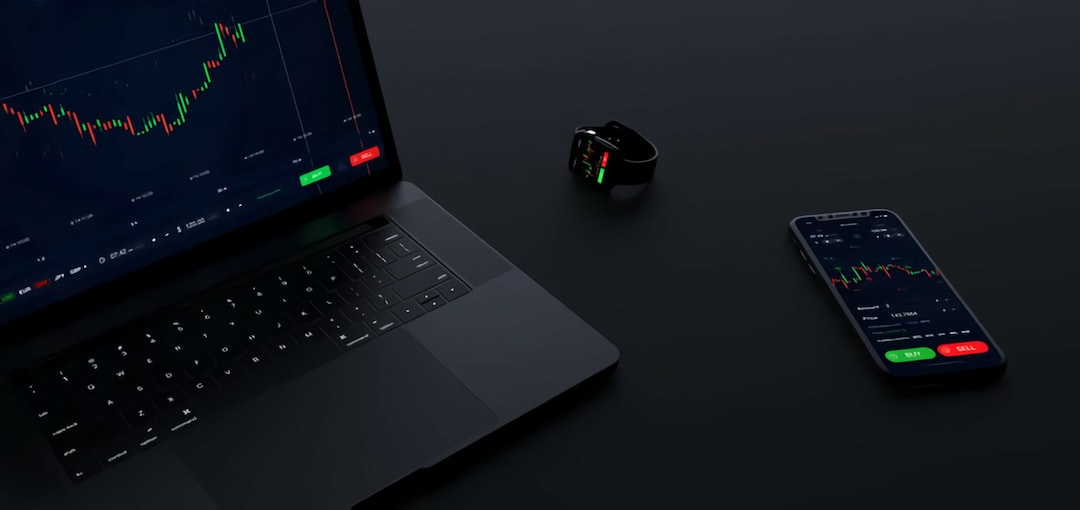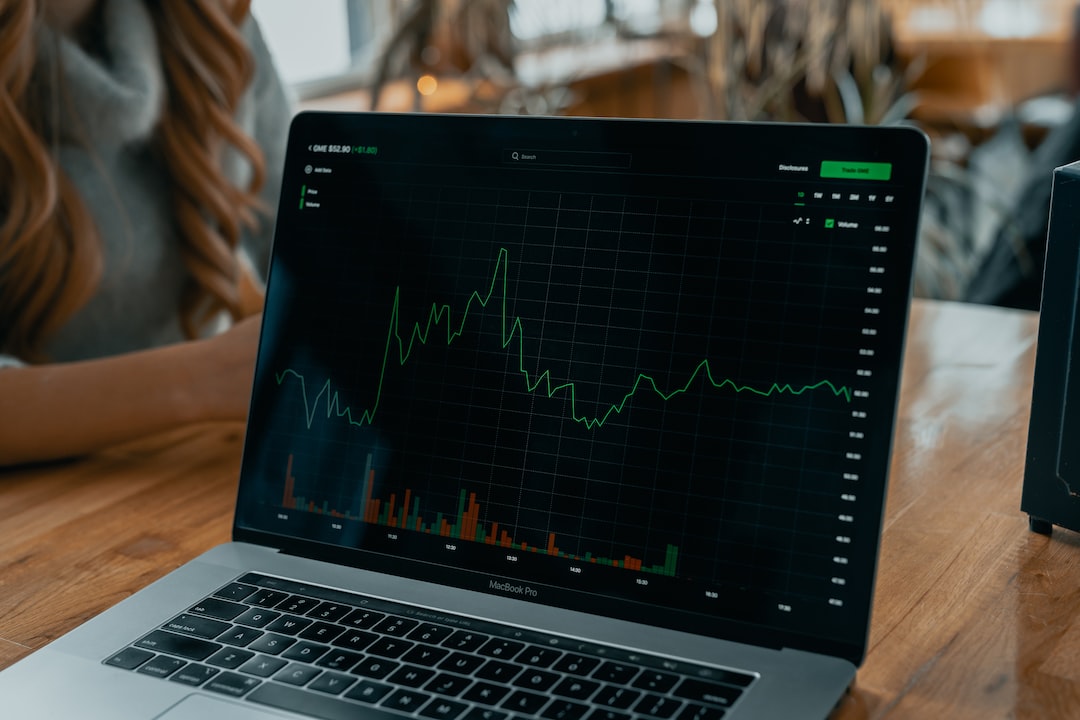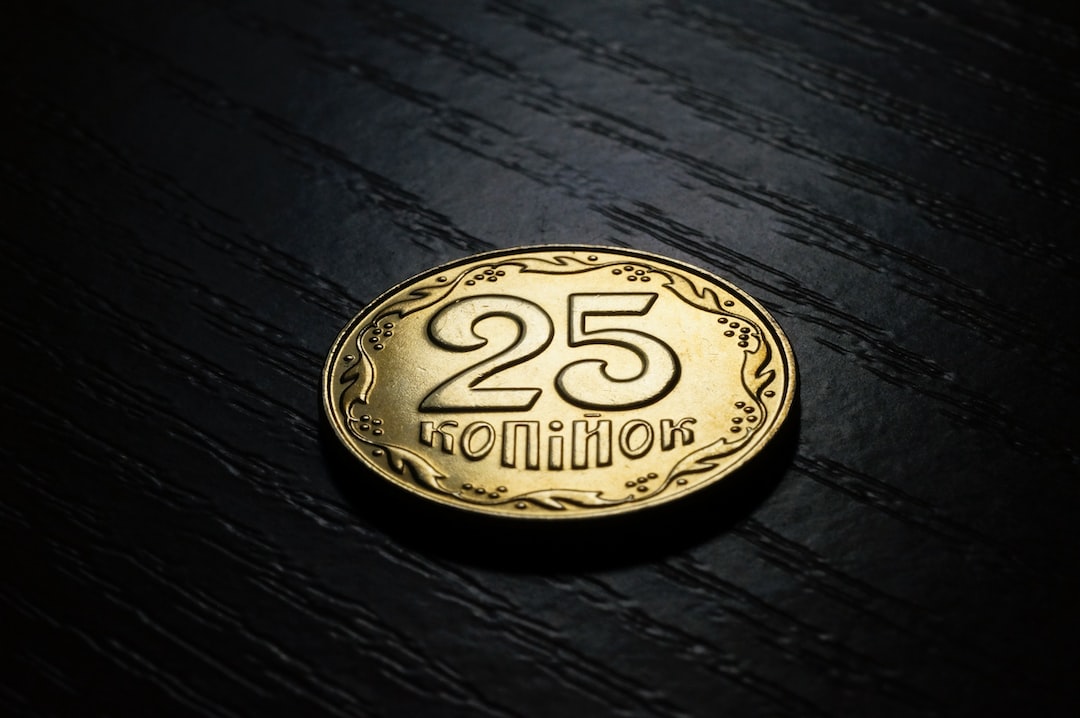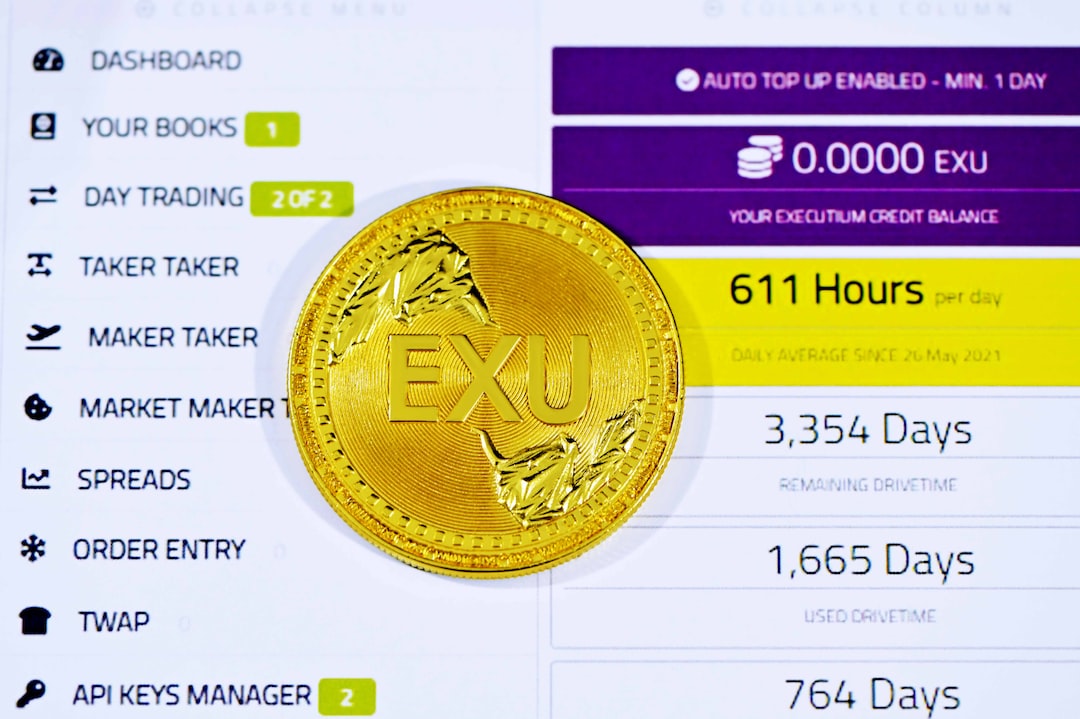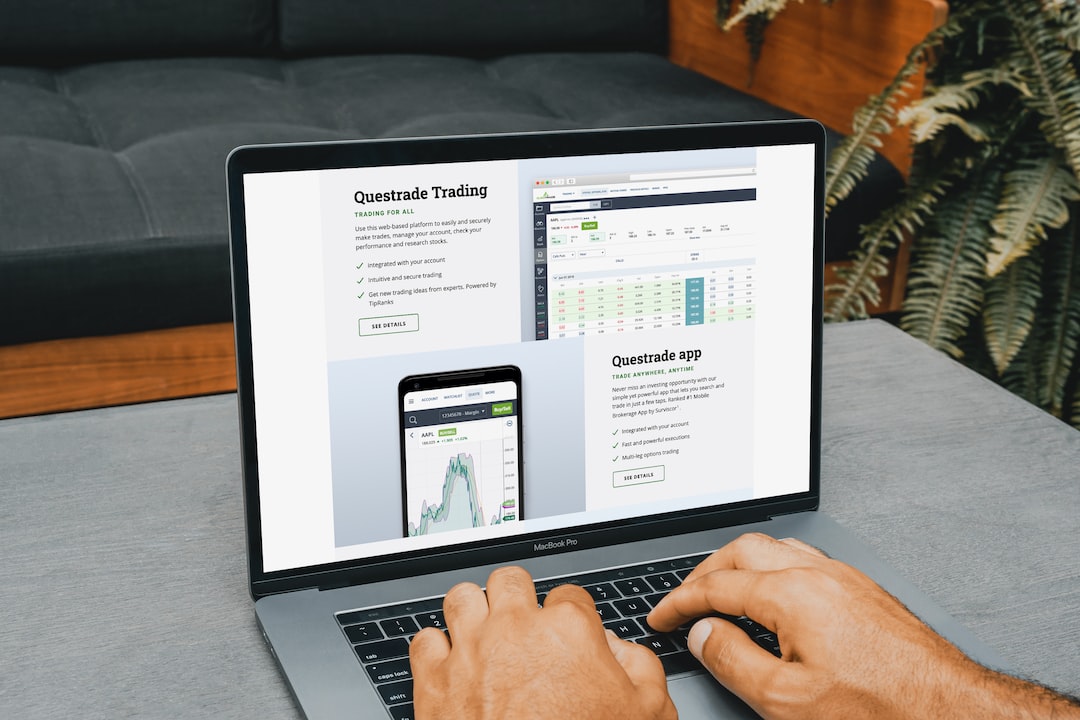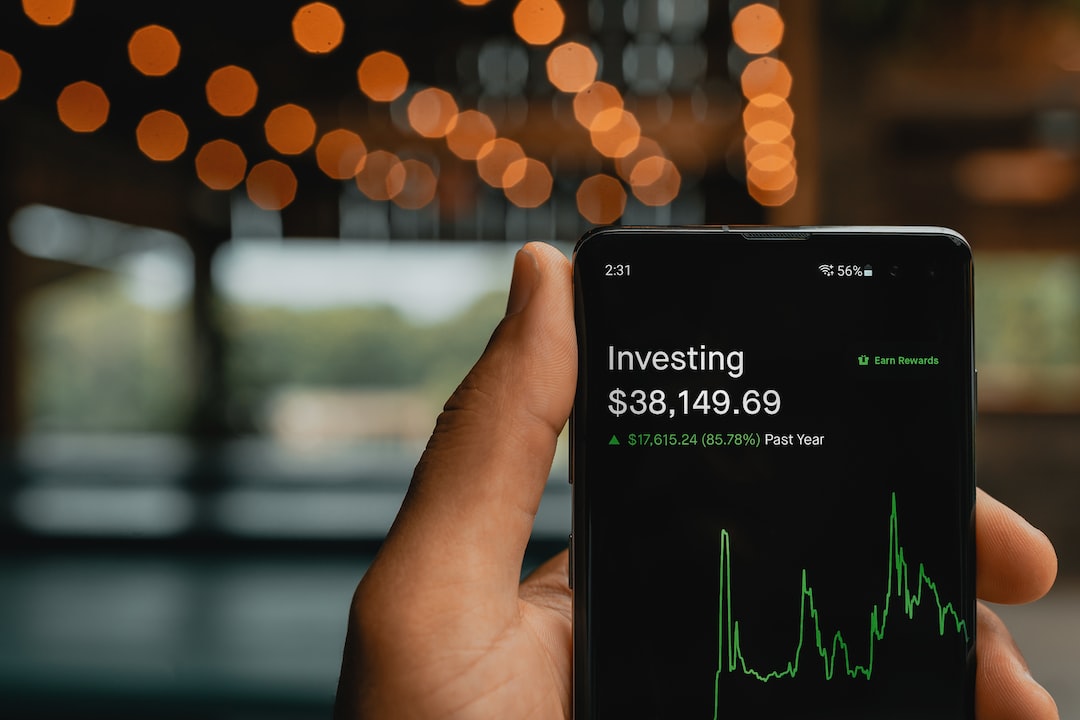The Psychology of Trading: How Emotions Affect When to Enter a Forex Trade
The world of forex trading is a complex and dynamic one, where traders must navigate an ever-changing market in order to make profitable trades. While technical analysis and fundamental analysis play a crucial role in determining when to enter a forex trade, it is often the psychological aspect of trading that can make or break a trader’s success.
Emotions, such as fear, greed, and excitement, can cloud a trader’s judgment and lead to impulsive and irrational decision-making. Understanding the psychology of trading and how emotions affect when to enter a forex trade is essential for any trader looking to achieve consistent profitability.
One of the most common emotions that traders experience is fear. Fear can manifest in several ways, such as the fear of missing out on a trade or the fear of losing money. These fears can lead traders to enter a trade prematurely or exit a trade too early, based on irrational impulses rather than sound analysis.
For example, imagine a trader who is watching a currency pair that has been steadily rising for several days. The fear of missing out on potential profits may cause this trader to enter the trade without waiting for confirmation from their technical or fundamental analysis. As a result, the trader may find themselves entering the trade at a high point, only for the market to reverse and the trade to turn into a loss.
Greed is another powerful emotion that can influence a trader’s decision-making process. When a trader sees a trade that has the potential for significant profits, they may become overly optimistic and ignore potential risks or warning signs. This can lead to entering a trade without a proper risk management strategy in place, risking more than they can afford to lose.
Moreover, greed can also lead to holding onto winning trades for too long, hoping for even higher profits. This can be detrimental as the market can quickly reverse, resulting in missed opportunities to exit the trade at a profit. It is essential for traders to set realistic profit targets and stick to their trading plan to avoid falling into the trap of greed.
Excitement is another emotion that can impact a trader’s decision-making process. When a trader sees a trade that aligns with their analysis and presents a potentially profitable opportunity, excitement can cloud their judgment. This excitement can lead to impulsive and hasty decision-making, resulting in entering a trade without thoroughly considering the potential risks and rewards.
Additionally, excitement can also cause a trader to abandon their trading plan and deviate from their strategy. This can lead to inconsistent trading results and a lack of discipline, both of which are detrimental to long-term success in forex trading.
To overcome the impact of emotions on trading decisions, it is crucial for traders to develop a strong mindset and emotional discipline. This can be achieved through various techniques such as meditation, mindfulness, and journaling. These practices can help traders become more aware of their emotions and learn to manage them effectively.
Furthermore, having a well-defined trading plan and sticking to it can also help mitigate the influence of emotions. A trading plan should include clear entry and exit criteria, risk management strategies, and profit targets. By following a plan, traders can avoid making impulsive decisions based on emotions and instead rely on objective analysis.
In conclusion, understanding the psychology of trading and how emotions affect when to enter a forex trade is crucial for success in the forex market. Fear, greed, and excitement can cloud a trader’s judgment and lead to impulsive and irrational decision-making. By developing emotional discipline, sticking to a trading plan, and practicing mindfulness, traders can overcome the negative impacts of emotions and improve their trading performance.


